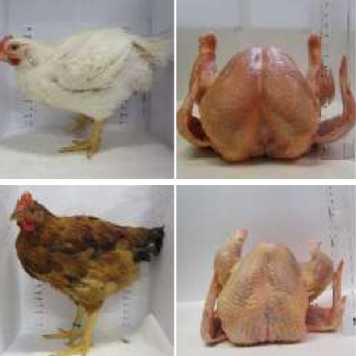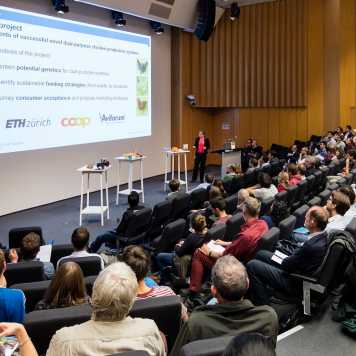INDUCE
Elements of successful novel dual purpose chicken production systems: Biological background, feed requirements and efficiency, meat and egg quality, and consumer perception (INDUCE)
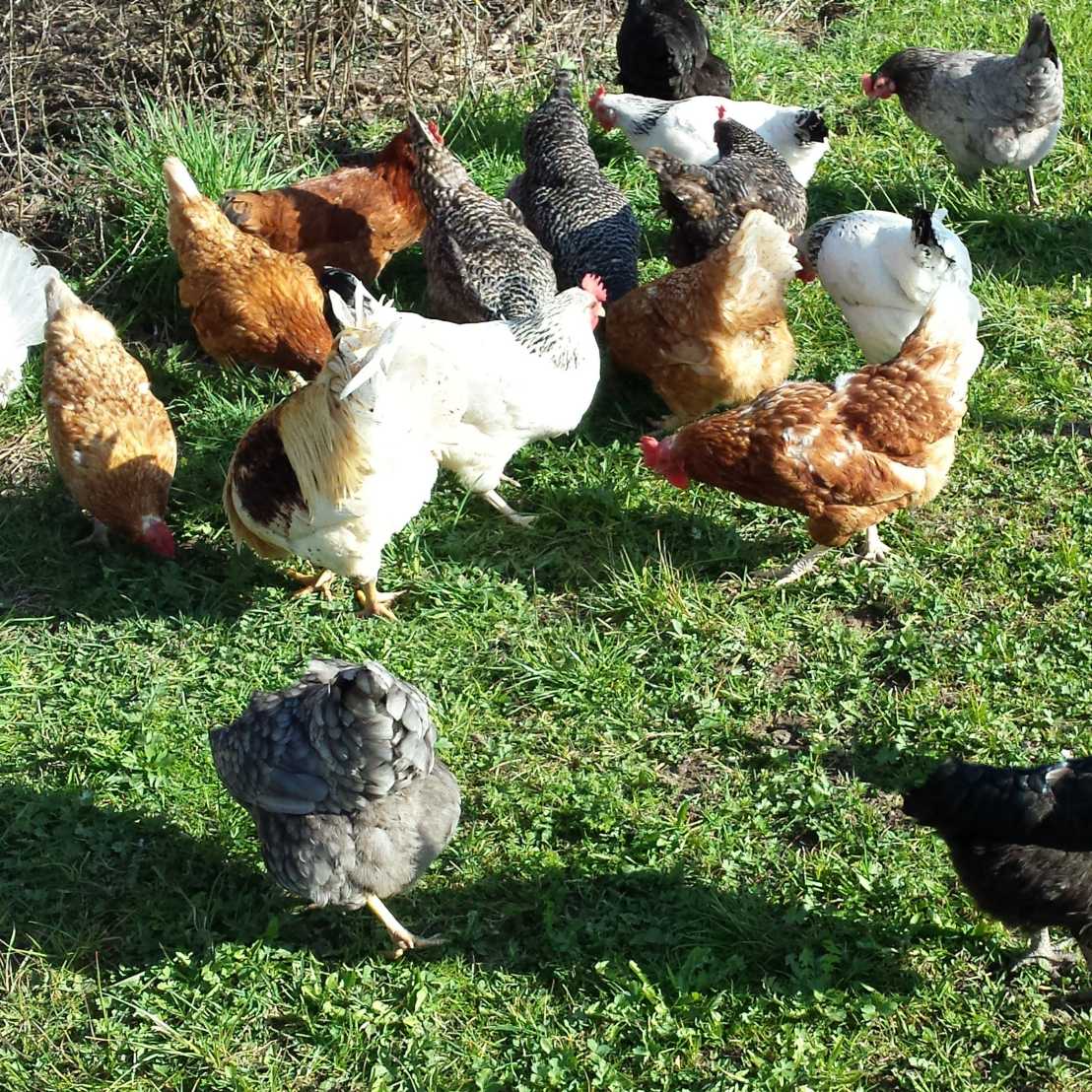
Project Start: 2014
Principal Investigator: Prof. Michael Kreuzer, Animal Nutrition
Co-Investigators: Dr. Ruth Messikommer, Prof. Michael Siegrist, Dr. Vivianne Visschers
Contact: Prof. Michael Kreuzer

Intensive specialization in the global poultry sector, driven by a desire for higher feed conversion efficiency, has resulted in a complete decoupling of egg and meat production. The overall research objective is to identify key elements of successful dual purpose poultry production systems through comprehensive biological and consumer perception studies of both the egg and meat production.
Globally, there has been an intensive specialization in the poultry sector during the last 60 years. This was associated with a complete decoupling of egg and meat production. Poultry is no longer reared and bred on farm but is provided by few breeding companies, also for Swiss poultry farmers. Along with this system optimization, these practices are of increasing public concern as a large number of healthy animals, the laying type cockerels, are sacrificed). The overall objective of the proposed project is to make a significant contribution to establish dual purpose poultry systems. We therefore aim to research novel genotypes, understand the components of resulting production systems and investigate the determinants of consumer acceptance. In detail, biological and social science studies will be performed. Our investigation of the egg and meat production side of dual purpose systems will be detailed and from various angles. It will include their applicability and their valuation by consumers. With this, the key aspects of their adoption by farmers and consumers will be identified. Special focus is given to the conflict between animal welfare and food-feed competition (food security). It is especially investigated to which extent the expected lower feed conversion efficiency, characteristic for dual purpose systems, can be counteracted by the possibility to feed these poultry genotypes partially with food industry byproducts instead of food that is also suitable for humans. Using the outcomes of the biological studies, consumers’ perception of the resulting poultry products will be determined in focus group interviews and surveys on purchase decisions and acceptance. The project has several elements fostering teaching and capacity building. It includes a plan to disseminate our findings to all important target groups, which builds on various measures and distribution channels. In developing and adopting a dual purpose strategy, Switzerland could become a role model for other industrialized countries in this respect.
Publication in Poultry Science (2018)
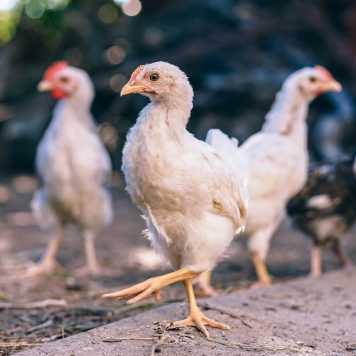
external page Carcass and meat quality of dual-purpose chickens (Lohmann Dual, Belgian Malines, Schweizerhuhn) in comparison to broiler and layer chicken types by S. Müller, et al. Read more in WFSC News
Publication in Poultry Science (2018)
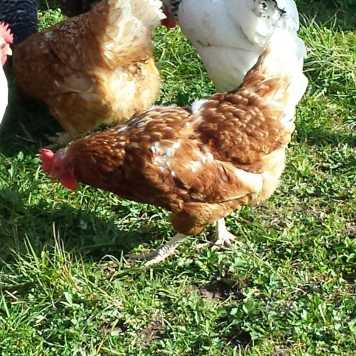
external page Swiss consumers' willingness to pay and attitudes regarding dual-purpose poultry and eggs by I. D. M. Gangnat, et al. Read more in WFSC News

